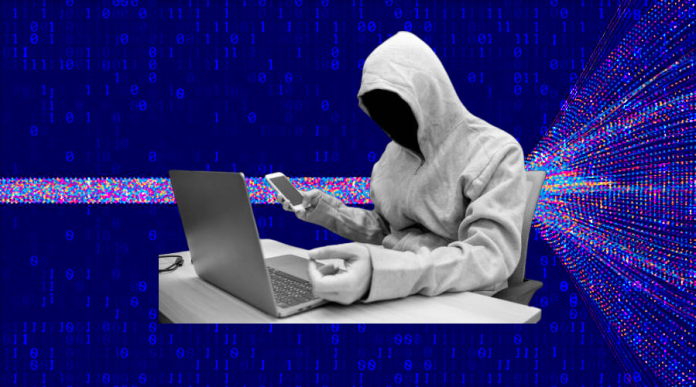Cyber risks abound and data is king in today’s interconnected world, making digital asset security more important than ever. Organizations need to have strong plans in place to safeguard their digital assets against data breaches and cyberattacks, including sensitive customer information. We explore practical methods for protecting digital assets against changing cyberthreats, including Ethical Hacking, in this blog.
1. Implementing Access Controls
One of the fundamental strategies for securing digital assets is implementing access controls. This involves limiting access to sensitive data and resources only to authorized users. By employing techniques such as role-based access control (RBAC) and multi-factor authentication (MFA), organizations can ensure that only those with the necessary permissions can access critical systems and information.
2. Encrypting Sensitive Data
Encrypting sensitive data is another essential strategy for securing digital assets. Encryption converts data into a ciphertext that can only be deciphered with the appropriate decryption key, making it unreadable to unauthorized users. By encrypting data both at rest and in transit, organizations can protect sensitive information from unauthorized access and mitigate the risk of data breaches.
3. Regularly Updating Software and Systems
Keeping software and systems up to date with the latest security patches is crucial for securing digital assets. Cybercriminals often exploit known vulnerabilities in outdated software to gain unauthorized access to systems and networks. By regularly updating software and systems, organizations can patch known vulnerabilities and reduce the risk of exploitation by cyber attackers.
4. Conducting Regular Security Audits
Regular security audits are essential for identifying vulnerabilities and weaknesses in an organization’s digital infrastructure. These audits may include penetration testing, vulnerability assessments, and compliance audits to ensure adherence to industry regulations and standards. By identifying security gaps proactively, organizations can take corrective actions to strengthen their defenses and protect their digital assets.
5. Educating Employees on Cybersecurity Best Practices
Employees are often the weakest link in an organization’s security posture. Human error, such as falling victim to phishing attacks or using weak passwords, can inadvertently expose digital assets to cyber threats. Educating employees on cybersecurity best practices, such as recognizing phishing emails, creating strong passwords, and following proper data handling procedures, is essential for mitigating these risks.
6. Implementing Endpoint Security Solutions
With the rise of remote work and mobile devices, securing endpoints such as laptops, smartphones, and tablets has become increasingly important. Implementing endpoint security solutions, such as antivirus software, endpoint detection and response (EDR) tools, and mobile device management (MDM) solutions, can help organizations protect against malware infections, data breaches, and other endpoint security threats.
7. Enforcing Least Privilege Principle
Adhering to the principle of least privilege is crucial for minimizing the risk of unauthorized access to digital assets. This principle dictates that users should only be granted the minimum level of access necessary to perform their job functions. By restricting user privileges to the bare minimum required for their roles, organizations can reduce the attack surface and mitigate the risk of insider threats and privilege escalation attacks.
Conclusion
Securing digital assets is a multifaceted endeavor that requires a combination of technical solutions, security best practices, and employee awareness. By implementing strategies such as access controls, encryption, regular software updates, security audits, employee training, endpoint security solutions, and least privilege enforcement, organizations can strengthen their security posture and safeguard their digital assets against a wide range of cyber threats. In today’s cyber landscape, where the stakes are higher than ever, investing in robust security measures, including Ethical Hacking, is not just a necessity but a strategic imperative for organizations looking to thrive in the digital age.
